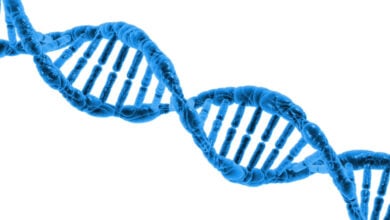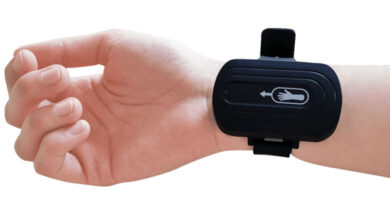What is the monkey fever
Fever, blurred vision, headaches, mental imbalances, body aches, vomiting, diarrhoea, and a drop in platelet count that results in bleeding gums are among the typical symptoms.

Two fatal cases of monkey fever, a newly discovered hemorrhagic disease carried by ticks, have been reported in Karnataka. Virus known as Kyasanur Forest Disease (KFDV), a member of the Flavivirus genus, is the cause of Kyasanur Forest Disease (KFD).
It is mainly transmitted to humans in forested areas by tick bites. Since January 1, Karnataka has recorded nearly 49 suspected cases of KFD.
The illness claimed the lives of a 79-year-old man and an 18-year-old daughter. KFD is a tick-borne viral disease that belongs to the Flaviviridae family, which is a subfamily of the tick-borne encephalitis (TBE) complex, according to Dr. Nidhin Mohan, Consultant in Internal Medicine, Narayana Health City, Bengaluru.
“There is no human-to-human transmission of this uncommon disease. It was initially found in the Karnataka state’s Kysanur forest,” he told IANS.
Fever, blurred vision, headaches, mental imbalances, body aches, vomiting, diarrhoea, and a drop in platelet count that results in bleeding gums are among the typical symptoms.
In Goa, Maharashtra, and Karnataka, the illness is endemic. Primarily affecting monkeys, the virus targets langurs.
“As hosts, monkeys can contract these diseases from hard tick bites,” Dr. Subrata Das, Head of Internal Medicine and Diabetology at Sakra World Hospital in Bengaluru, told IANS.
“Tick-borne illnesses are prevalent in Karnataka and Tamil Nadu, particularly in the Western Ghats, owing to human-animal interaction,” he stated.
The experts recommended staying on trails to avoid regions infested with ticks, wearing protective clothes and using EPA-approved repellents while entering woodland areas to prevent bites.
Ticks should be extracted with tweezers as soon as possible after outdoor activities. High-risk areas should also be vaccinated; booster doses should be administered every few years.
“Recovery typically takes 1-2 weeks, although some individuals may experience biphasic fever in the third week, accompanied by neurological symptoms like brain fogging and tremors,” Das stated.
Since there is no known cure, treatment focuses on symptom management. In order to replace lost fluids, Dr. Mohan recommended continued intravenous fluid treatment. He also recommended taking additional required precautionary steps to prevent and manage hemorrhagic bleeding.
According to Dr. Das, vaccination effectively reduces problems by providing 60–65 percent protection after two doses and 80–85 percent protection after a third dose.















